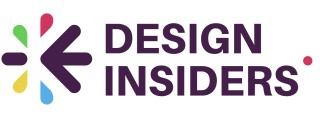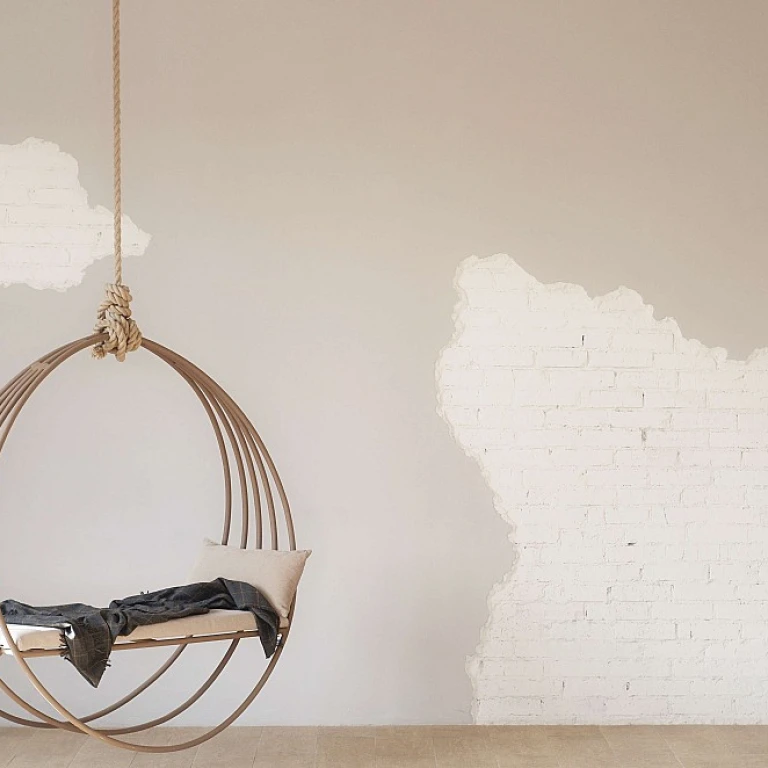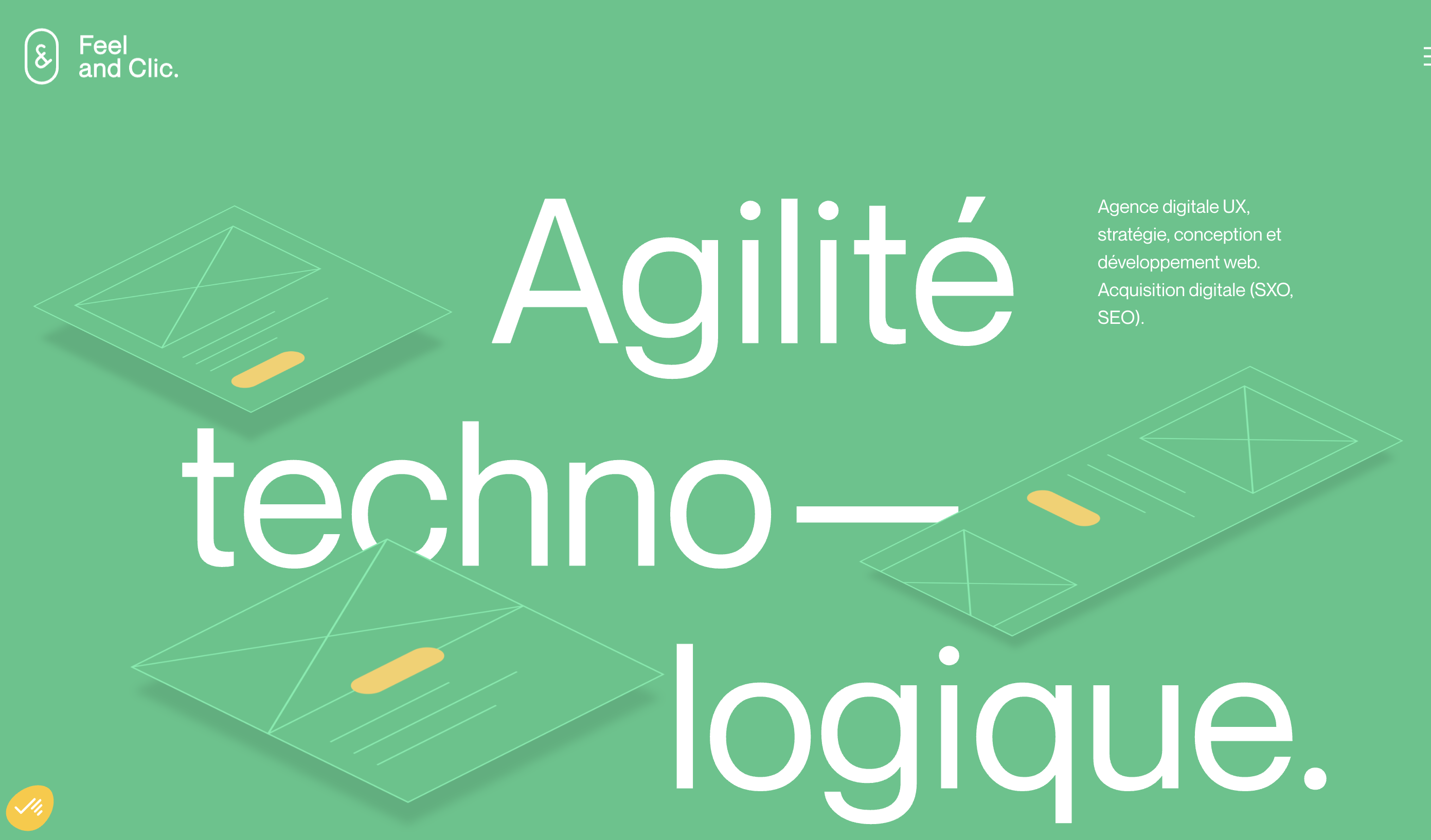
Understanding Continuous Innovation in Design
Embracing a Continuous Process of Innovation in Design
In today’s dynamic market, continuous innovation stands as a pivotal concept for design. Unlike the traditional approach where change occurs sporadically, continuous innovation promotes an ongoing flow of new ideas, allowing businesses to stay ahead of competitors. This approach involves not just the creation of new products and services, but also the improvement of existing ones. It's about understanding market demands and adapting to changes in real time.
Organizations aiming to remain relevant are increasingly adopting a culture of continuous change. The success of such a culture relies on fostering an environment where employees feel empowered to contribute to the innovation process. This involves developing innovation strategies that support a long-term vision while accommodating short-term improvements.
The continuous innovation strategy isn't just about making changes; it's about creating a sustainable model where each step forward builds upon the previous advancements. Organizations that integrate these strategies effectively find themselves not only adjusting to the market's pulse but also setting new trends. This adaptability and foresight often require a reevaluation of business models and their alignment with customer expectations.
It’s essential to recognize that not every improvement needs to be disruptive. While discontinuous innovation can lead to breakthroughs, the steady enhancement of current services and processes frequently yields more sustainable growth. Thus, a balanced approach that incorporates both radical and incremental changes becomes vital.
Ultimately, achieving continuous innovation is not merely about introducing new concepts; it's about embedding a mindset of perpetual transformation within the organization. By cultivating this culture, businesses can thrive in even the most challenging landscapes, ensuring that they are always prepared for the next wave of change.
The Role of Technology in Design Innovation
The Driving Force Behind Innovative Design
Technology is undeniably altering the landscape of design, serving as a catalyst for continuous innovation. This technological influence affects not only the development of new products and services but also revolutionizes the way organizations strategize and implement business models. The integration of new tools and systems plays a crucial role in keeping businesses competitive in a rapidly evolving market.
The rise of disruptive technologies like artificial intelligence, the Internet of Things, and virtual reality has paved the way for discontinuous innovation. These advancements enable businesses to develop cutting-edge ideas and enhance the innovation process, allowing for substantial improvement in existing products and services. As these services processes evolve, companies will find themselves better equipped to meet the ever-changing demands of their customers.
Modern organizations are increasingly adopting digital leadership to maintain a culture of innovation. This approach not only helps them to stay ahead of competitors but also aligns with current and future customer needs. While the journey to successful innovation can be challenging, the use of technology as a driving force positions these companies for long-term success.
For a deeper dive into how new technological advancements are influencing the design landscape, you can explore more about whether artificial intelligence represents a revolution or simply an evolution in digital design in our article on AI in graphic design.
Challenges in Maintaining Innovation
Overcoming Roadblocks in the Innovation Journey
Innovation is often hailed as the cornerstone of progress, especially within the realm of design. However, while continuous innovation is crucial for organizations seeking to stay ahead in the market, the path is rarely devoid of obstacles. Successful navigation through these challenges can lead to long-term improvement and the realization of impactful ideas. One significant hurdle is the integration of new business models within existing organizational structures. This requires not only a shift in strategy but also a transformation in culture. Organizations often resist change, fearful of disrupting established processes and customer services. Therefore, developing a seamless innovation process forms the core of overcoming this challenge. Moreover, continuous innovation efforts may face resistance due to a lack of alignment between innovation strategies and the overall business model. Businesses must foster a culture that supports changes and improvements, encouraging employees at all levels to contribute ideas conducive to business success. Another challenge pertains to differentiating between types of innovation. Discontinuous innovation, for instance, requires a distinct approach compared to incremental updates of existing products and services. Digital leadership plays a pivotal role in identifying the right type of innovation, ensuring that the organization’s innovation initiatives align with changing market demands and customer expectations. The time factor cannot be overlooked either. While the market demands rapid changes, rushing through the innovation process without due diligence can lead to misguided strategies that fail to resonate with customers. For a more nuanced understanding of tackling innovation barriers in an organization, you may find insights in our discussion on contextual bandits in design to be particularly enlightening. Recognizing these complexities and addressing them proactively can aid organizations in achieving their strategic business objectives effectively.Strategies for Fostering a Culture of Innovation
Fostering an Innovative Environment
Creating a culture of continuous innovation within a design organization isn't just about introducing new ideas or tweaking existing products and services. It's about embedding a mindset focused on improvement and transformation across all facets of the operation. A robust innovation strategy includes understanding the organization's needs, customer desires, and the dynamics of the market.- Embrace Disruptive Innovation: To ensure long-term success, organizations must embrace disruptive innovation by focusing on creating entirely new business models and customer offerings. This might mean redefining existing products or services or inventing something entirely novel.
- Encourage Digital Leadership: Cultivating digital leadership within teams can help an organization stay ahead of the curve. This involves leveraging technology to enhance the innovation process and introducing digital solutions that simplify service processes and improve customer experiences.
- Promote a Culture of Experimentation: Encouraging experimentation and taking calculated risks allows for discovering unexpected opportunities in the innovation landscape. Employees should be empowered to test new ideas and refine them based on customer feedback and market changes.
- Structured Innovation Initiatives: Implementing structured innovation initiatives, such as regular workshops or innovation sprints, can help generate novel ideas and keep the organization focused on continuous improvement. This structured approach ensures that innovation is a regular part of the business strategy.
An organization's culture is pivotal to its capacity for continuous innovation. Leaders must commit to fostering an environment where change is welcomed, and employees are inspired to contribute their creative ideas. With the right strategies, organizations can cultivate a thriving culture of innovation that drives sustained growth and success.
Case Studies of Successful Design Innovations
Successful Examples of Continuous Innovation in Design
In the ever-evolving landscape of design, staying ahead means embracing continuous innovation. Numerous organizations have demonstrated how adopting a culture of innovation can result in remarkable success. Here are a few case studies that showcase this principle:- Tech Giant Reinventing Its Product Line: One well-known technology company has consistently led the market by not only improving existing products but by discontinuous innovation in product services. By doing so, they cater to the evolving needs of customers and maintain a competitive edge in the rapidly changing digital landscape. The company thrives by prioritizing customer feedback, streamlining their innovation process, and aligning business models with customer expectations.
- Retailer Adapting to Shifts in Consumer Behavior: Leading retail organizations have faced challenges due to shifting consumer behavior in recent times. By fostering a culture of innovation focused on services processes, these retailers have successfully transitioned to hybrid business models that merge online and physical stores. This strategic approach involves adopting digital leadership to integrate seamless shopping experiences, thus ensuring long-term customer engagement.
- Sustainability in Fashion: In the fashion industry, a notable brand has driven change by integrating sustainable practices throughout its production process. By harnessing innovation strategies that include eco-friendly materials and circular economy principles, the brand continuously redefines its strategies to align with environmental and customer expectations. Such efforts have not only improved organizational reputation but have also set a benchmark for sustainability across the industry.








